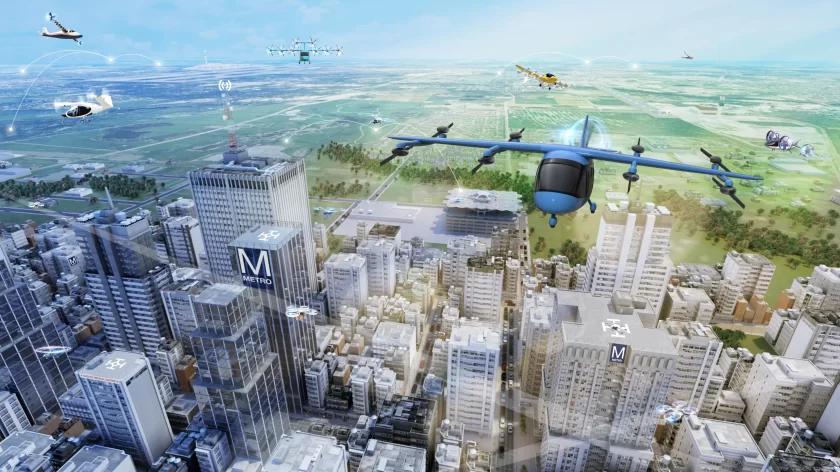The United States Federal Aviation Administration is seeking the public’s interest and capabilities for the development of a plan for the Center for Advanced Aviation and Technology (CAAT) as mandated by the FAA Reauthorization Act of 2024. The Act requires that the CAAT be established by September 30, 2026.
In a notice posted on the official US government procurement and business research portal SAM.gov, the FAA said it is “taking an incremental approach to Advanced Air Mobility (AAM) integration and is evaluating a variety of use cases and technologies needed for future AAM operations”.
As part of its efforts, the agency has issued a Request for Information (RFI) to survey the market to address the level of interest and capabilities among qualified industry, academic, research, and governmental entities; and obtain estimated costs.
The RFI also serves to inform industry of the FAA’s intent to implement, under the direction of Congress, a CAAT airspace laboratory, flight demonstration zone(s), and testing corridors, to support the testing and advancement of AAM and other new and emerging aviation technologies.
Airspace laboratory and testing corridors
The CAAT will include an airspace laboratory and one or more flight demonstration zone(s), with at least one zone within the same region as the airspace laboratory. The airspace laboratory, along with other research partners, may be used to assess the planned integration of regular AAM flights in areas with existing air traffic; complex use cases and high-volume AAM operations at key sites; advanced concepts, such as urban air mobility (UAM) cooperative areas and autonomous operations; air traffic requirements for AAM operations and operational procedures; performance of new aircraft technologies in simulated national airspace environments; and new and emerging aviation technologies and concepts.
The CAAT will establish testing corridors for the purposes of validating air traffic control (ATC) requirements for AAM operations, operational procedures, vertiport standards and performance requirements. The corridors will also be used to demonstrate the safe application of new aircraft and technologies to promote public acceptance.
Research partnerships
The FAA says the new centre will develop technology partnerships with, and between, industry, academia, and other government agencies, and support such partnerships. For example, it will collaborate with FAA’s William J. Hughes Technical Center on simulating AAM use cases, and will validate the safe, real-world application of these operations by using live aircraft demonstrations in apportioned airspace.
Staff at the CAAT will also be charged with identifying new and emerging aviation technologies, innovative aviation concepts, and relevant aviation services, including AAM, powered-lift aircraft, and other advanced aviation technologies, as determined appropriate by the FAA.
The RFI states that the CAAT’s research will focus on the range of enabling technologies needed for AAM, such as the use of non-traditional fuel sources like electric and hydrogen. “AAM powered-lift aircraft often use complex and unique design, flight, and handling characteristics; near-term research will examine the performance and aerodynamics of these aircraft. In addition, the FAA and aviation industry are exploring the safe use of increasingly autonomous (pilotless) aircrafts in the national airspace.”
Responses are invited by January 6, 2025.
For more information




